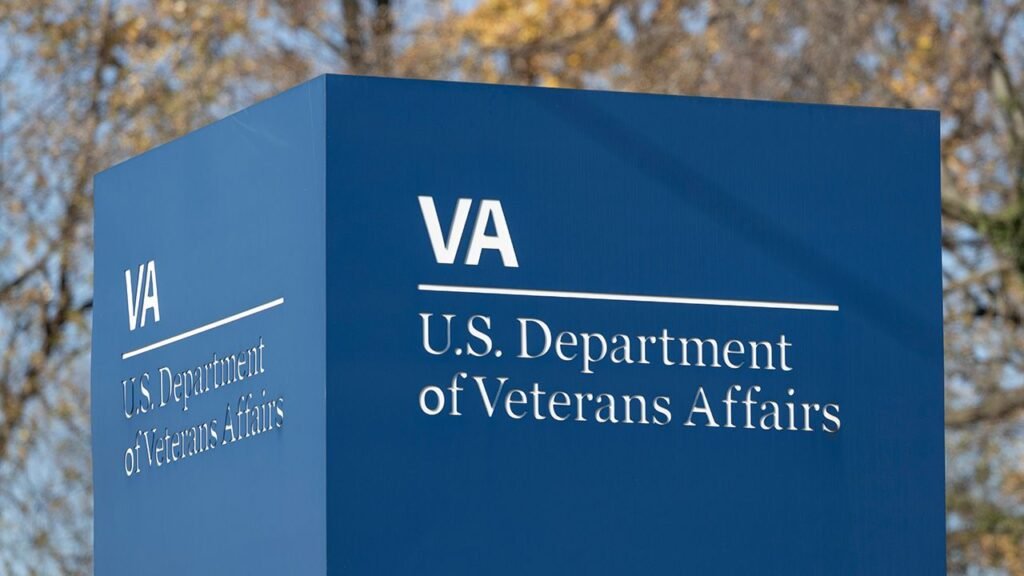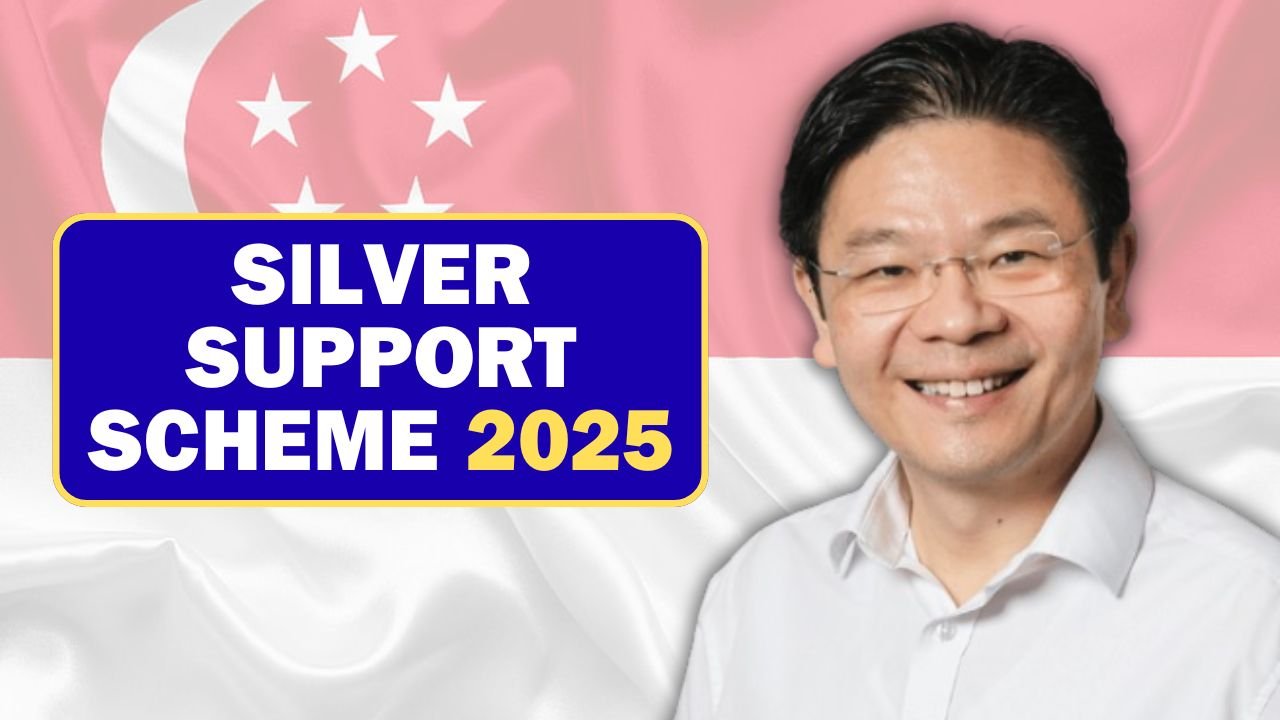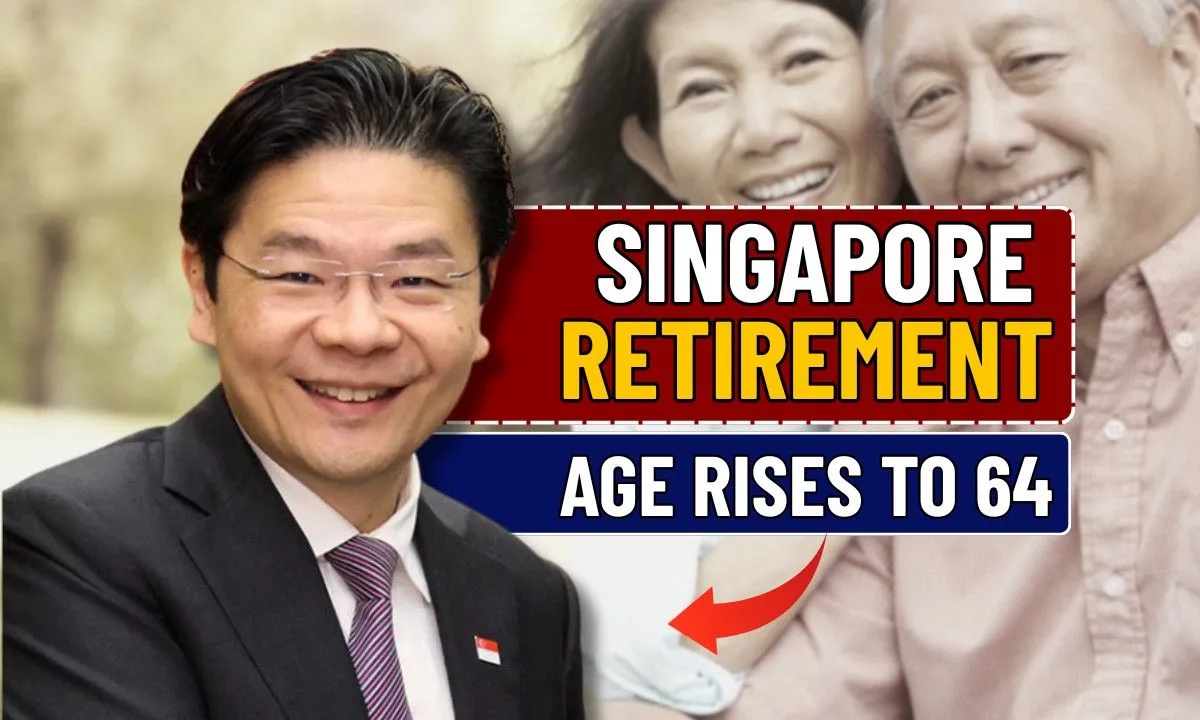Many veterans are unaware of a little-known VA benefit that can provide up to $3,355 per month in tax-free payments. This benefit, offered through the Veteran Readiness and Employment (VR&E) program, aims to help veterans with service-connected disabilities achieve meaningful employment or live independently. Despite its value, thousands of eligible veterans are missing out due to lack of awareness, complex paperwork, or misconceptions about eligibility.
The VR&E program not only provides a monthly subsistence allowance but also offers education, training, and support services. Veterans with a service-connected disability rating as low as 10% may qualify, opening opportunities for financial stability and career growth. Understanding the program’s structure, benefits, and application process is critical to ensuring that eligible veterans take full advantage of what is available.
Table of Contents
Five Tracks Designed for Different Veteran Needs
The VR&E program is divided into five tracks tailored to individual veteran circumstances. Each track provides a path toward employment, entrepreneurship, or independent living depending on a veteran’s goals and abilities. The five tracks include reemployment, rapid access to employment, self-employment, employment through long-term services, and independent living. This flexibility ensures that all veterans, regardless of physical or mental disability, have access to support that meets their specific needs.
| Service Track | Purpose |
|---|---|
| Reemployment | Helps veterans return to their previous job or a similar position |
| Rapid Access to Employment | Connects veterans with immediate job opportunities that match their skills |
| Self-Employment | Provides funding and guidance for starting a business |
| Employment Through Long-Term Services | Supports education or training for a new career |
| Independent Living | Assists veterans unable to work in living independently |
Broad Range of Services Covered

VR&E goes beyond monthly payments to offer a wide array of support services. Veterans can receive fully funded academic or vocational training programs, job placement assistance, resume building, interview preparation, and internships. The program also provides workplace accommodations, adaptive equipment, and resources for business startup and planning. This combination of services helps veterans overcome immediate employment barriers and achieve long-term career success.
Eligibility Requirements and Time Limits
To qualify for VR&E benefits, veterans must have a discharge status other than dishonorable, a VA disability rating of at least 10%, and an employment barrier related to their disability. Veterans discharged before January 1, 2013, typically have 12 years from separation or from receiving their first VA disability rating to apply. Veterans discharged after that date have no time limit, although exceptions are made for individuals with serious employment handicaps. Understanding these criteria ensures that no eligible veteran misses out on critical support.
Payment Amounts and Financial Impact
The monthly allowance varies depending on remaining Post-9/11 GI Bill benefits and dependency status. Veterans with GI Bill entitlement can receive a monthly rate matching the Basic Allowance for Housing (BAH) at their training location, up to $3,355.39 in high-cost areas. For those without GI Bill entitlement, rates are based on dependency:
- No Dependents: $793.11
- One Dependent: $983.65
- Two Dependents: $1,159.17
- Each Additional Dependent: +$84.47
These payments are in addition to full tuition coverage, ensuring that veterans can focus on education or training without financial strain.
Application Process and Awareness Gap
Applications can be submitted online through the VA portal, in person at regional offices, or through accredited representatives. After applying, veterans meet with a counselor to create a personalized rehabilitation plan tailored to their career or independent living goals. Despite the program’s broad benefits, many veterans remain unaware of its existence. Increasing outreach and education about VR&E could help thousands access the financial and career support they deserve.
Benefits and Services Overview
The VR&E program’s combination of tax-free monthly income, education funding, and career support provides unmatched assistance to veterans with service-connected disabilities. By addressing both financial needs and long-term career development, the program helps veterans transition successfully into civilian life.
Some of the practical advantages include:
- Financial support to cover living expenses while training or studying
- Access to education, vocational training, and job placement services
- Assistance in starting a business or pursuing independent living
- Personalized counseling to address individual barriers and goals
FAQ
Q1: Who is eligible for the VR&E program?
A1: Veterans with a service-connected disability rating of at least 10% and a discharge status other than dishonorable may qualify.
Q2: How much can I receive monthly through VR&E?
A2: Veterans with GI Bill benefits can receive up to $3,355.39 per month, while rates for those without GI Bill entitlement vary based on dependency status.
Q3: Can VR&E help me start a business?
A3: Yes. One of the program tracks is dedicated to self-employment, providing funding and guidance for veterans who wish to start a business.
Q4: Is there a time limit to apply?
A4: Veterans discharged before January 1, 2013, generally have 12 years from separation or from their first disability rating. Those discharged after that date have no time limit. Exceptions apply for serious employment handicaps.
Q5: How do I apply for VR&E benefits?
A5: Applications can be submitted online via the VA portal, in person at regional offices, or through accredited representatives. After applying, a counselor will help create a personalized rehabilitation plan.



